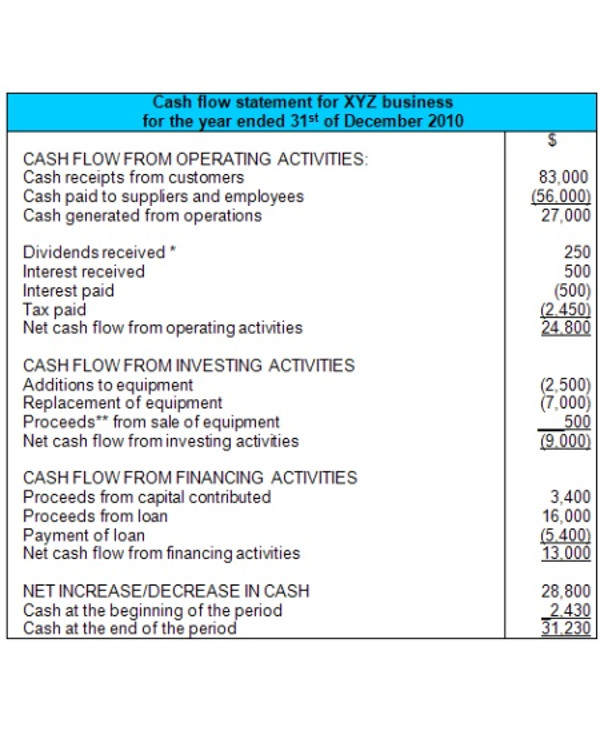
- #See finance tutorial archive#
- #See finance tutorial code#
#See finance tutorial archive#
It is my intention to archive the matplotlib/mpl-finance repository soon, and direct everyone to matplotlib/mplfinance. It has been mostly un-maintained for the past three years.
#See finance tutorial code#
The old mpl-finance consisted of code extracted from the deprecated matplotlib.finance module along with a few examples of usage. That module is being deprecated in favor of the current matplotlib/mplfinance. In November 2019, I became the maintainer of matplotlib/mpl-finance. plot( df, type = 'bars', volume = True, mav =( 20, 40))įor more examples of using mplfinance, please see the jupyter notebooks in the examples directory. (This means that if there are rows in your DataFrame that exist but contain only NaN values, these rows will still appear on the plot even if show_nontrading=False)įor example, in the chart below, you can easily see weekends, as well as a gap at Thursday, November 28th for the U.S.
show_nontrading=False (the default value) will show only dates (or datetimes) that have actual rows in the data. show_nontrading=True will display all dates (all time intervals) between the first time stamp and the last time stamp in the data (regardless of whether rows exist for those dates or datetimes). This is because, when data is retrieved from an exchange or other market data source, that data typically will not include rows for non-trading days (weekends and holidays for example). (There are simply no rows for those dates or datetimes). Note that for these purposes non-trading intervals are those that are not represented in the data at all. Non-trading days can be displayed with the show_nontrading keyword. However, sometimes people like to see these gaps, so that they can tell, with a quick glance, where the weekends and holidays fall. Non-trading days are simply not shown (since there are no prices for those days). Notice, in the above chart, there are no gaps along the x-coordinate, even though there are days on which there was no trading. plot( daily, type = 'candle', mav =( 3, 6, 9), volume = True) The conventional way to import the new API is as follows: (The old API is still available within this package see below). More importantly, the new API automatically does the extra matplotlib work that the user previously had to do "manually" with the old API. It interfaces nicely with Pandas DataFrames. 
This repository, matplotlib/mplfinance, contains a new matplotlib finance API that makes it easier to create financial plots. Some Background History About This Package.Animation/Updating your plots in realtime.


Coloring Individual Candlesticks (New: December 2021).Trends, Support, Resistance, and Trading Lines.Subplots: Multiple Plots on a Single Figure.Adding Your Own Technical Studies to Plots.⇾ Latest Release Information ⇽ ⇾ Older Release Information mplfinance requires matplotlib and pandas.







 0 kommentar(er)
0 kommentar(er)
